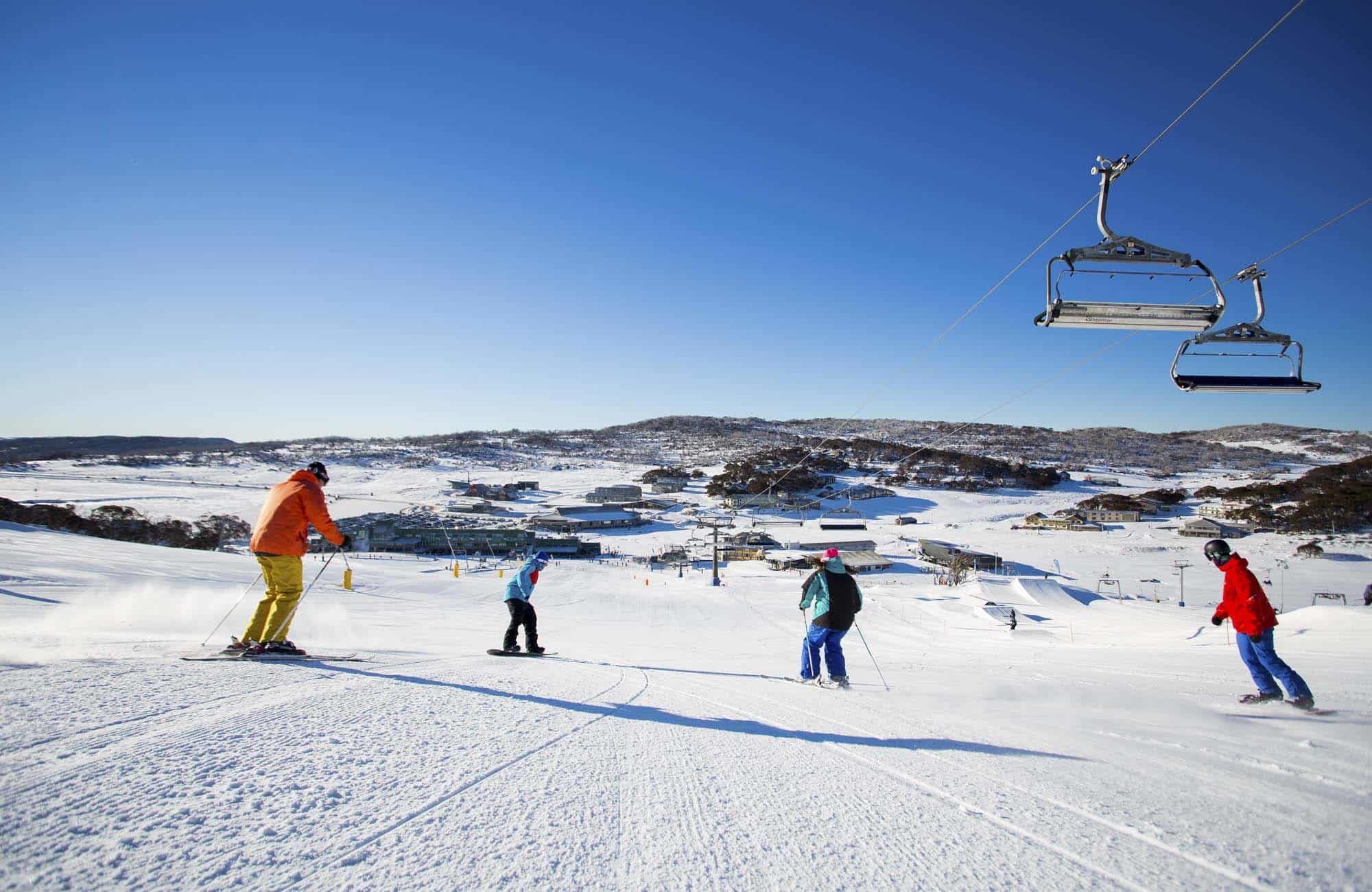Experience the Most Scenic Places to Experience Snow In Australia for a Unforgettable Winter Getaway
Experience the Most Scenic Places to Experience Snow In Australia for a Unforgettable Winter Getaway
Blog Article
Understanding the Value of Snow in Australia for Farming and Tourist
While Australia is usually linked with sun-kissed coastlines and arid wilderness, it additionally flaunts a riches of snowy towering regions. The snow that coverings these areas is far even more than a picturesque landscape feature. It acts as a lifeblood for the country's farming and a driving force for a profitable tourism sector. As we investigate this unusual intersection, the potential influence of shifting climate patterns on Australia's snowfall and its subsequent results end up being an engaging focus.
The Unexpected Snowfall: Australia's Alpine Regions
When winter capes the world, Australia's Towering areas put on a white mantle of snow, a spectacle that appears virtually paradoxical in this dominantly sun-baked land. Unlike the stereotypical picture of Australia as a land of coastlines and deserts, these areas offer a attractive and shocking comparison. The Australian Alps, extending across New South Wales, Victoria, and the Australian Capital Region, get more snowfall than Switzerland. This unforeseen wintertime heaven supplies a special community, offering a habitat for a number of native species and a snowy play ground for wintertime sporting activities fanatics. The annual snowfall, although not as abundant as in some nations, is an essential element of Australia's climate variety and plays a considerable role in the nation's agricultural practices and tourist industry.
Wintertime's Bounty: Snow's Contribution to Australia's Water Resources
In spite of its rarity in the more comprehensive landscape of Australia, snow in the Towering areas plays an important duty in the country's water resources. Working as an all-natural tank, the snowpack shops water throughout the cool months, gradually releasing it right into rivers and dams as it melts in warmer seasons. This procedure makes certain a consistent supply of water, aiding in the stablizing of the nation's water cycle. This is especially important for Australia, a continent frequently tormented by droughts. The snowmelt feeds right into the Murray-Darling Basin, a lifeline for lots of communities in the southeastern parts of the nation. Without the bounty of winter months snow, Australia's water sources would be significantly strained, impacting both the atmosphere and the population.
White Blanket, Eco-friendly Fields: The Effect of Snow on Australian Agriculture
Although less visible, the impact of snow on Australian farming is considerable. Snowfall in the high country acts as an all-natural form of irrigation, gradually melting and providing a steady water supply to lower-lying farmland. This water-rich atmosphere cultivates the growth of robust plants, adding to the nation's farming performance. Additionally, snowfall improves soil health by introducing moisture and capturing nutrients, which are slowly released as the view publisher site snow thaws. This process improves the soil, cultivating the development of healthier, more resistant crops. Additionally, snow cover functions as a safety blanket, shielding the ground versus severe winter season temperatures that could otherwise damage crops. Therefore, the role of snow in Australian agriculture is both complex and crucial.

Cold Cash Money: Snow Tourist and Its Economic Value in Australia
While the worth of view it snow to Australian farming is frequently underestimated, its payment to the country's tourism industry is unquestionably significant. The snow-laden tops of Australia's alpine regions attract a flurry of vacationers every wintertime, contributing millions to the national economy. Thus, the financial relevance of snow tourist in Australia extends much past the slopes.
Future Forecast: Climate Change and Its Possible Impacts on Australia's Snowfall
As the world grapples with the reality site of environment adjustment, so as well should Australia consider its potential effects on the nation's snowfall. Such adjustments threaten the stability of Australia's ski industry, which contributes substantially to the local economic climate. The potential impacts of these modifications underline the seriousness of environment adjustment mitigation initiatives, both in Australia and internationally.
Verdict
To conclude, snow is a pivotal element of Australia's agricultural and tourist industries. It not only nurtures the nation's agricultural landscape but likewise gas its winter months tourism industry. However, the looming hazard of climate modification elevates issues regarding the future of Australia's snowfall patterns, potentially interfering with these considerable economic fields. Understanding and attending to these challenges is vital for the sustainability of Australia's economic climate and community.

When winter months capes the world, Australia's Towering areas don a white mantle of snow, a phenomenon that appears almost paradoxical in this dominantly sun-baked land.In spite of its rarity in the wider landscape of Australia, snow in the Towering areas plays an important function in the country's water resources. Without the bounty of wintertime snow, Australia's water sources would certainly be considerably stressed, affecting both the population and the environment.
Thus, the financial relevance of snow tourism in Australia prolongs far past the slopes.
In conclusion, snow is a critical component of Australia's farming and tourism fields. Does Australia Get Snow.
Report this page